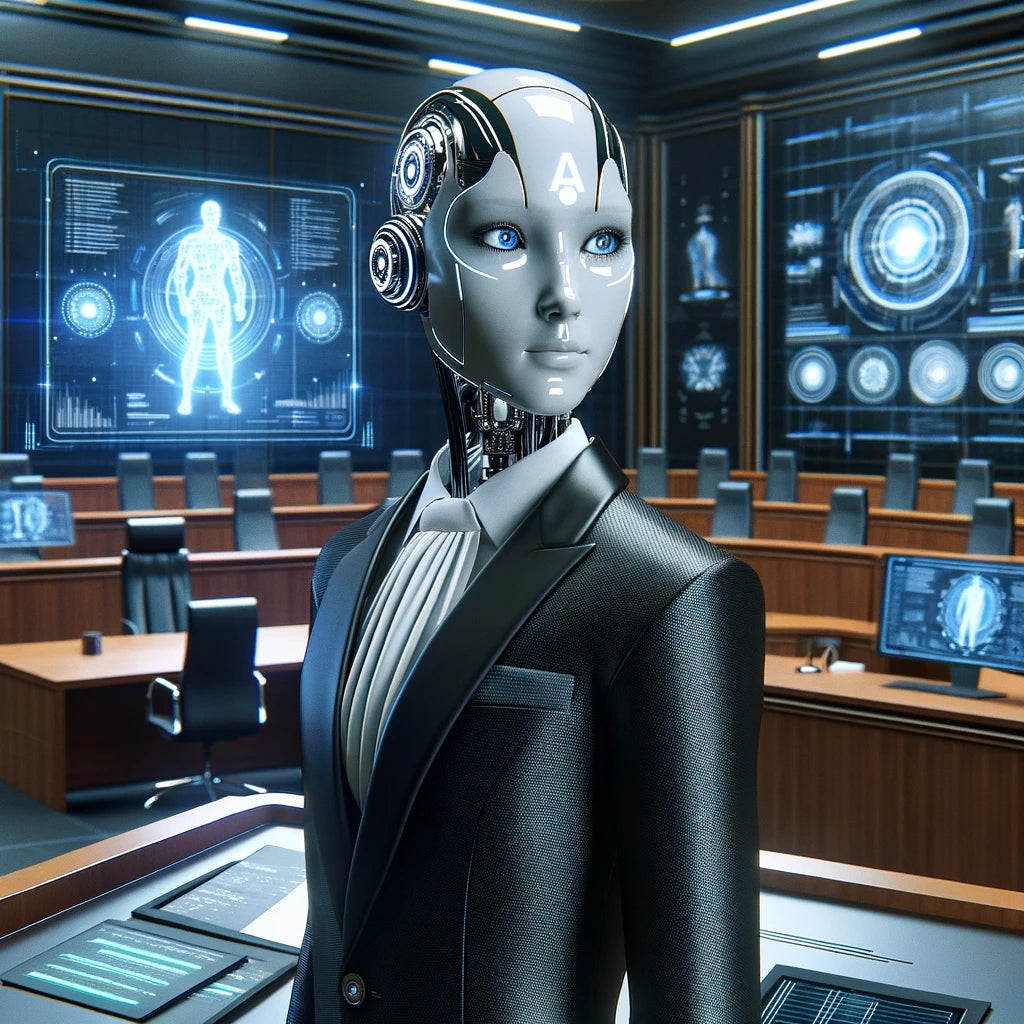Your cart is empty now.

Trademark Office Action Responses using AI (artificial intelligence)
- 11 May, 2024
- Nyall Engfield
Trademark Office Action Responses using AI (artificial intelligence)
Creating office action responses with artificial intelligence (AI) can be a useful tool for trademark attorneys and applicants, but it is important to understand the limitations and potential issues involved.
Most technology that would address legal arguments need a comprehensive understanding of language, and that's where Large language models (LLMs) come in. LLMs are a type of artificial intelligence that has seen significant development and widespread adoption in recent years. Here's a brief history of LLMs and their evolution:
Early Days (1980s-1990s):
- The foundations of language models were laid in this period, with researchers exploring statistical techniques like n-gram models for text prediction and generation.
- However, these early models were relatively small in scale and had limited capabilities due to computational constraints and lack of large training data.
2000s:
- With the advent of more powerful computing resources and the availability of large text corpora from the internet, researchers began experimenting with larger neural network-based language models.
- In 2003, Bengio et al. introduced a neural language model that outperformed traditional n-gram models.
- However, these models were still relatively small compared to today's standards, and training remained a challenge.
2010s:
- The development of more efficient training techniques, like parallelization and better optimization algorithms, enabled the training of larger neural network models.
- In 2017, the Transformer architecture, introduced by Vaswani et al., became a game-changer for language models, allowing for more efficient and effective handling of long-range dependencies in text.
- In 2018, OpenAI released the GPT (Generative Pre-trained Transformer) model, which demonstrated impressive language generation capabilities by leveraging the Transformer architecture and pretraining on a large text corpus.
2020s:
- LLMs truly came into their own in this decade, with models like GPT-3 (2020), PaLM (2022), and ChatGPT (2022) pushing the boundaries of what was thought possible with language AI.
- These models were trained on vast amounts of text data, sometimes comprising hundreds of billions of parameters, enabling them to perform a wide range of natural language tasks with remarkable fluency and coherence.
- LLMs have found applications in various domains, including writing assistance, question answering, code generation, and even creative pursuits like story writing and poetry composition.
-- Try TrademarKraft's AI Office Action Responder --
Here are some key points about using AI for trademark office action responses:
Advantages:
1. AI can quickly analyze and summarize relevant meanings (including translations), connotations, and similarities between marks and can prepare a detailed template and draft office action arguments, saving time for attorneys.
2. AI can suggest arguments and reasoning based on its training data from past successful office action responses. AI has access to the full trademark law jurisprudence and can access even obscure cases directly.
3. AI can provide an initial draft response that a trademark attorney or trademark applicant can then review, edit and finalize as needed.
Potential Issues:
1. AI training data may be incomplete or biased, leading to suboptimal suggestions. It may not be trained on the latest case law or USPTO Rules updates. Sometime AI may "hallucinate" to create favorable case law.
2. AI lacks the full legal reasoning, strategy, and client communication capabilities of an experienced trademark attorney.
3. AI cannot independently make ultimate decisions on legal arguments and claim scope.
4. There are open questions around AI created-content ownership and potential ethical issues, as well as confidentiality concerns.
In practice, AI is best used as an assistive tool rather than fully automating office action responses. An attorney's legal expertise, strategic thinking, and client counseling remain critical for high-stakes patent prosecution. AI can enhance efficiency by handling initial drafting, prior art analysis, and suggesting arguments, but substantial attorney review and editing is still necessary to ensure optimal results tailored to the specific case and client needs.
So in summary, while AI assistance can be beneficial, attorney-drafted responses overseen by an experienced patent practitioner are generally preferable to fully automated AI office action responses at this time. The technology is rapidly evolving, however, so AI's role may expand in the future as the capabilities improve.
Search
Archive
- August 2024
-
- How to avoid being locked out of your Amazon product listings
- If you tattoo a trademark on your body - Skinvertising- can you be sued?
- Burnt Orange - University of Texas Trademark of Pantone 159
- Jungle Superheroes - famous characters similar to Tarzan and the difficulties of maintaining a monopoly
- What happens to the trademark rights if the renewal is missed



